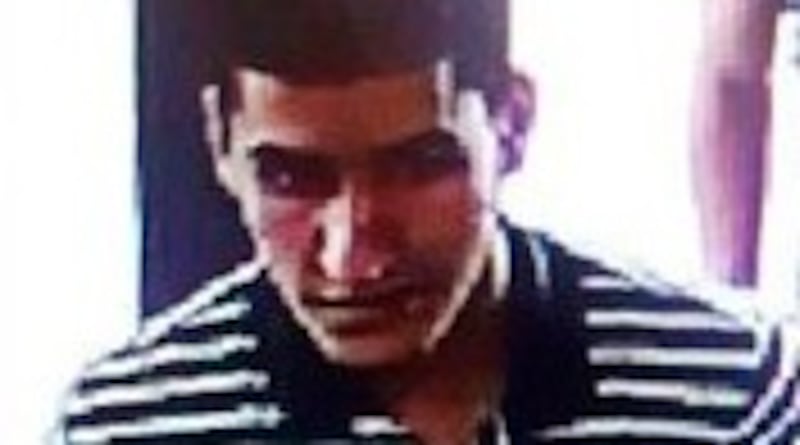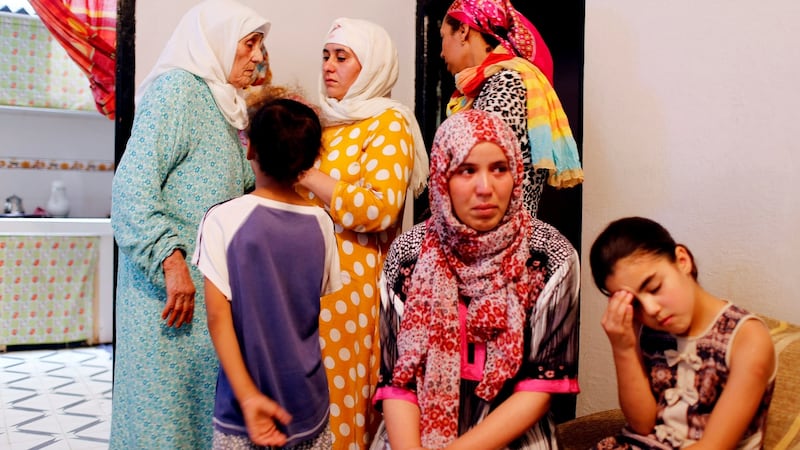Moroccan youths appear to be easy prey for recruiters from well-developed jihadi networks based in Belgium, Morocco, and Syria. Last week's vehicle ramming attacks by Moroccans in Barcelona and Cambrils killed 14 and wounded 130.
On Monday, the driver of the car used in Barcelona, Younes Abouyaaqoub, was shot dead by police near Subirats, a town west of the city, bringing to eight the number of cell members connected to last week’s attacks killed. Four other suspects have been detained.
Perhaps inspired by events in Spain, a Moroccan asylum seeker wielding a knife killed two and wounded six in the Finnish town of Turku on Friday; the perpetrator and four other Moroccans were arrested.

Moroccan jihadis launched their campaign in their homeland in May 2003, killing 33 with multiple suicide bombings in Casablanca. Al-Qaeda-connected Moroccan jihadis made their debut in Europe with the 2004 bombings of commuter trains in Madrid, killing 192 and wounding 1,800.
The man believed to be key figure in the Barcelona operation, Moroccan cleric Abdelbaki Es Satty, befriended one of the Madrid bombers while serving time in a Spanish jail for drug dealing. Es Satty also visited Brussels, a hub of Moroccan radicalism, shortly before the attack, reinforcing the Moroccan connection with deadly operations in Europe.
Seven French and Belgian citizens of Moroccan origin plus two Iraqis staged the shootings and bombings in Paris in November 2015, killing 130 and wounding 368, making it the most deadly attack since Madrid.
Abdelhamid Abaaoud
The mastermind was Belgian-Moroccan Abdelhamid Abaaoud, who had been identified as an instigator of earlier attempted attacks in Belgium and France and had fled to Syria. Abaaoud recruited the Belgian-Moroccan Abdeslam brothers who lived in the radical Brussels district of Molenbeek, and others, for the Paris attack.
The cell that conducted the Paris operation also perpetrated the 2016 bombings at Brussels airport and metro station, killing 32 civilians. Moroccan Najim Laachraoui – an Islamic State bomber trained in Syria – was in charge. He and the Bakraoui brothers died.
Four members of the team were of Moroccan origin, and one was of Syrian-Palestinian background who lived in Sweden, travelled to Brussels, and became a recruiter for Islamic State in the operation.
Hundreds of Moroccans flocked to Syria in 2012 to fight against the government. Many had not been radicalised but responded to the call of popular Qatar-based Egyptian tele-cleric Yusif al-Qaradawi, a Muslim Brotherhood supporter, who argued it was a Muslim's duty to fight against the Damascus regime.
Fighting in Syria
In December 2012, the anti-government "Friends of Syria" – including the US, Britain, France, Germany, Turkey and the Gulf states – held a conference in Marrackech where the expatriate Brotherhood-dominated opposition coalition was dubbed the "legitimate representative of the Syrian people".
This decision legitimised western support for armed factions and the flow of foreign fighters to Syria. Encouraged to get rid of radicals, governments turned a blind eye to those going to Syria. The arrival of fighters coincided with the involvement of al-Qaeda’s Jabhat al-Nusra and, in 2013, of Islamic State.

During 2013, Harakat Sham al-Islam, a group composed of Moroccan fighters, was created in Latakia province, Syria by three former prisoners at the US Guantanamo facility. Their primary aim was to train Moroccans so they could return home and fight the regime. In 2016, the group fractured and fighters joined either Nusra or Islamic State.
While Tunisians have constituted the largest contingent of foreign jihadis, at least 1,600 Moroccans as well as an unknown number of French, Belgian and Spanish citizens of Moroccan origin have fought in Syria and Iraq. As the hub of largely Moroccan radicalism, Belgium has the highest per capita representation of jihadis in Syria.











